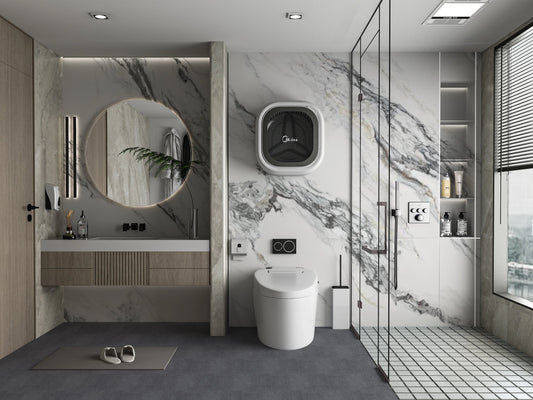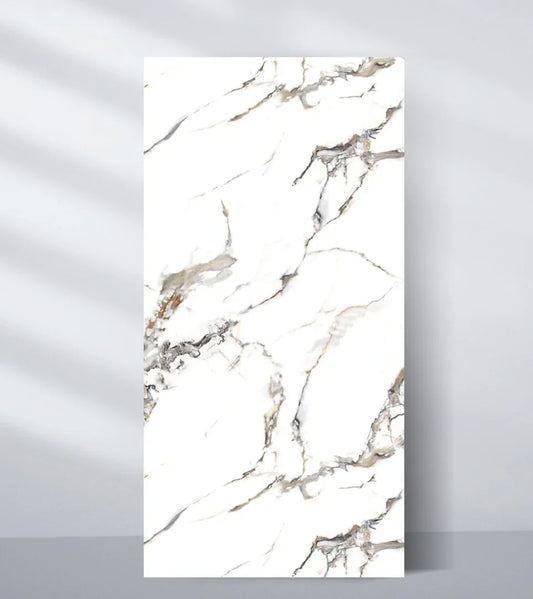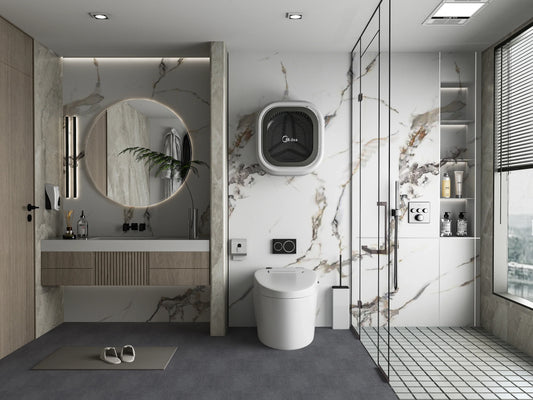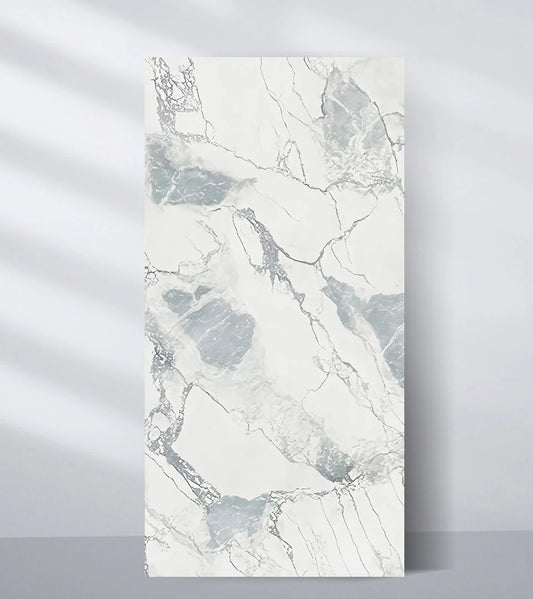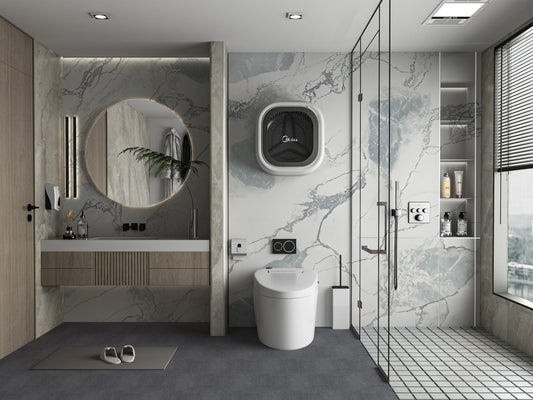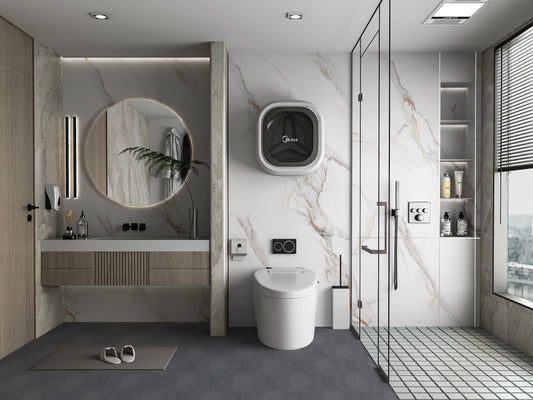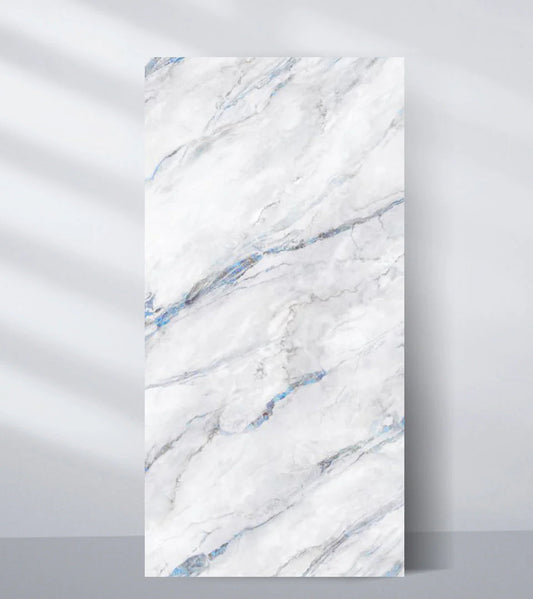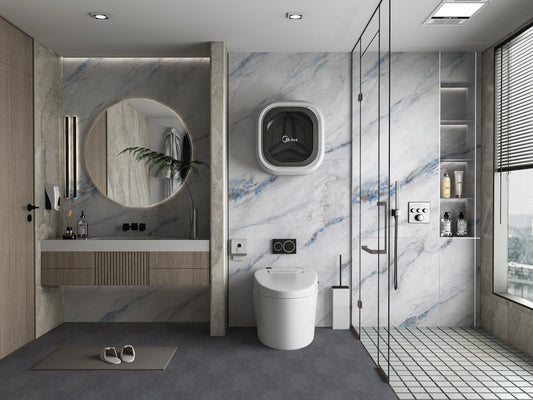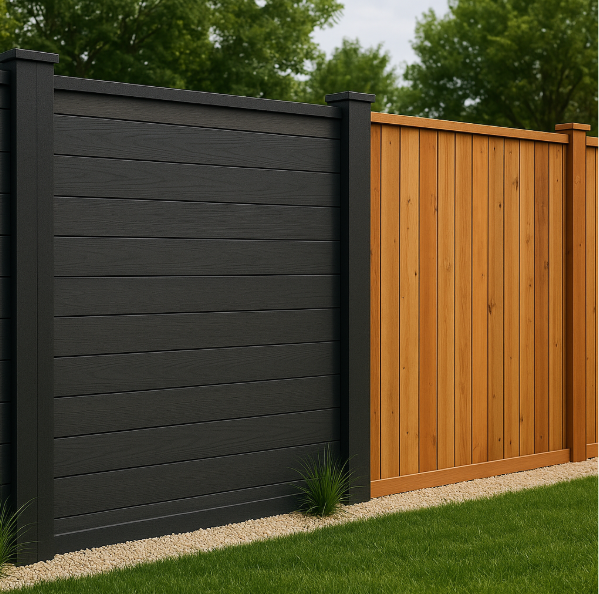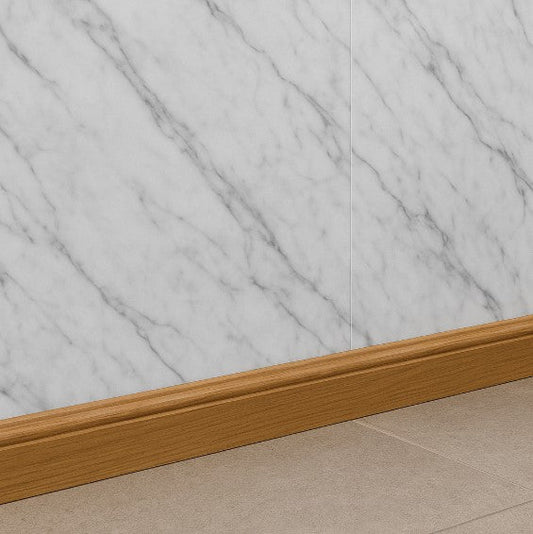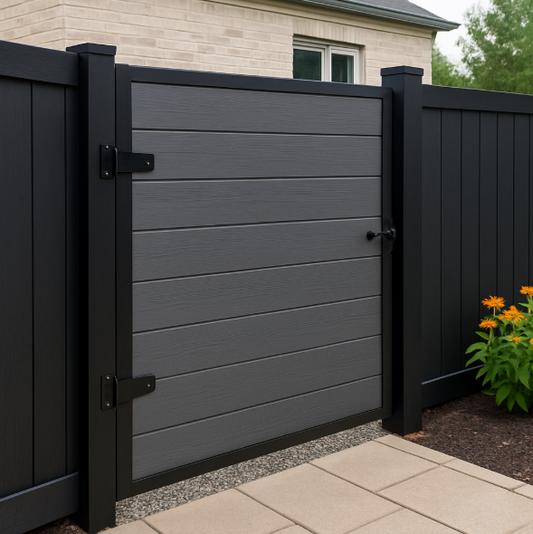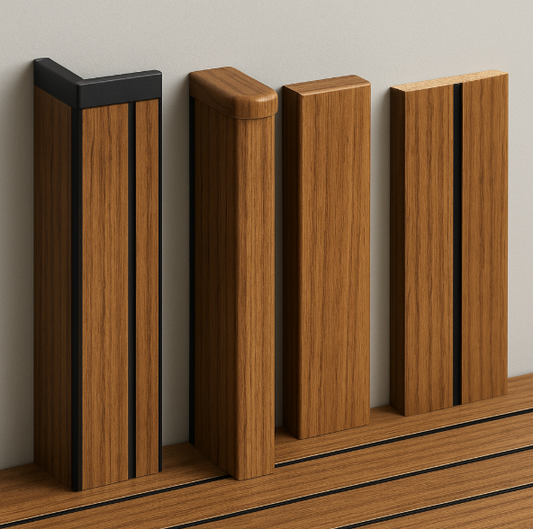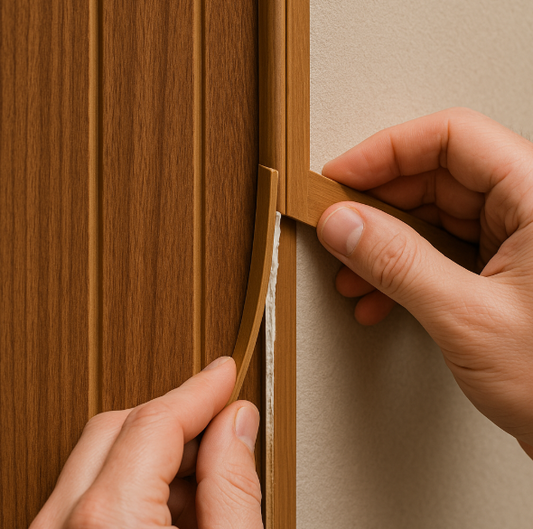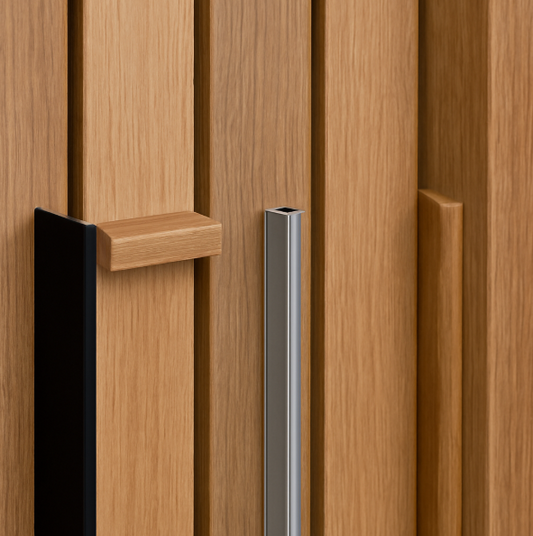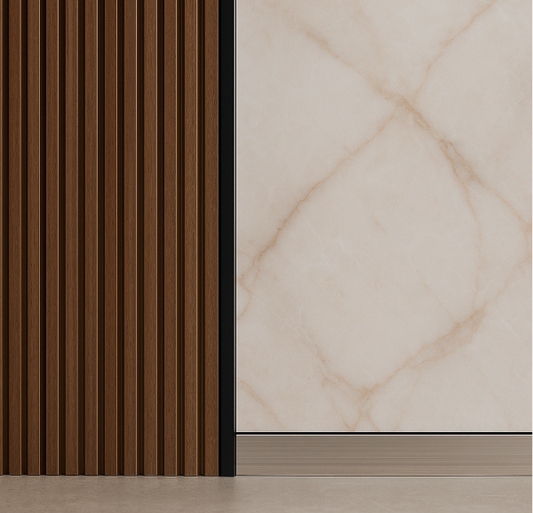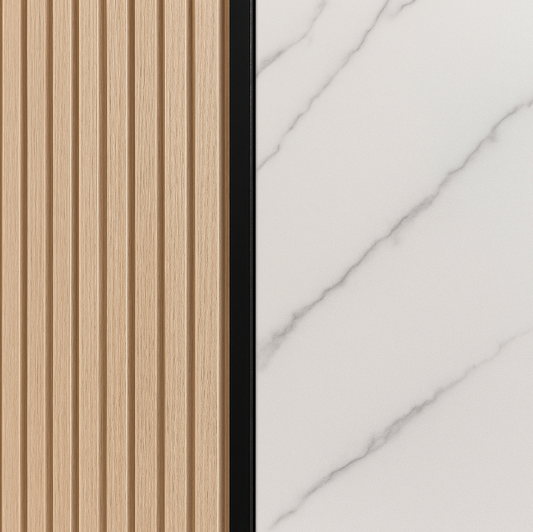When it comes to building a backyard fence, one of the biggest decisions homeowners face is choosing the right material. For decades, wood fencing was the default choice classic, affordable, and widely available. But in recent years, composite fencing has surged in popularity, thanks to its durability, low maintenance, and long-term value. So the question arises: composite fencing vs wood which fence material truly lasts longer?
If you're planning a fence installation or replacement, understanding the longevity, maintenance needs, and weather resistance of each material can help you make a smarter, future-proof investment. In this in-depth comparison, we break down everything you need to know about long-lasting fence materials, focusing on composite vs wood in terms of performance, cost, and durability.
What Is Composite Fencing?
Composite fencing is made from a blend of wood fibers and recycled plastics, often referred to as WPC (wood-plastic composite). The result is a durable, eco-friendly product that combines the strength and natural appearance of wood with the low-maintenance benefits of plastic.
Modern composite fence panels come in a range of colors, textures, and finishes some mimicking the grain of natural timber while offering superior resistance to weather, pests, and decay.
 |
 |
What Is Wood Fencing?
Wood fencing is the traditional choice for residential and commercial properties. It typically uses pressure-treated pine, cedar, or redwood, which offer a warm, natural aesthetic. Wood fences are versatile in design and often less expensive upfront.
However, natural wood is vulnerable to moisture, termites, and sun exposure, all of which can significantly reduce its lifespan if not properly maintained.
Composite Fencing vs Wood: A Side-by-Side Comparison
To determine which fence material lasts longer and performs better over time, let’s compare composite and wood fencing across several important factors:
1. Fence Durability
✅ Composite Fencing:
- Composite fencing is highly durable and engineered to withstand moisture, UV rays, rot, and pests.
- Unlike wood, it doesn't crack, split, or warp due to temperature changes.
- Most composite fences are backed by 25–30 year warranties, guaranteeing long-term durability.
❌ Wood Fencing:
- Wood is naturally vulnerable to rot, mildew, and insect damage.
- It can warp, crack, or fade over time, especially in humid or rainy climates.
- Without routine maintenance like sealing and staining, its durability significantly drops.
Winner: Composite fencing – It offers unmatched resistance to environmental wear and tear.
2. Lifespan
Composite Fence Lifespan:
- On average, a well-installed composite fence can last 30 years or more with minimal upkeep.
- It retains its shape, color, and structural integrity for decades.
Wood Fence Lifespan:
- A typical wood fence lasts 10 to 15 years before needing major repairs or replacement.
- High-end woods like cedar or redwood can extend that to 20 years with regular maintenance.
Keyword Insight: If you're looking for a truly long-lasting fence material, composite is clearly the better investment.
3. Maintenance Requirements
Composite:
- Requires almost zero maintenance no painting, staining, or sealing.
- Occasional cleaning with soap and water is sufficient.
Wood:
- Needs regular upkeep every 1–3 years, including sealing, painting, or staining.
- Vulnerable to water damage and termites if maintenance lapses.
Winner: Composite fencing Saves time, labor, and maintenance costs over the years.
4. Aesthetic Appeal
Composite:
- Available in a wide range of colors, including grays, browns, and wood-look textures.
- Maintains its color without fading or discoloration.
- Modern designs with horizontal or vertical slats for a contemporary feel.
Wood:
- Offers a warm, rustic aesthetic that many homeowners love.
- Can be stained or painted in any shade but requires frequent upkeep to maintain appearance.
Draw: If you prefer a low-maintenance, modern look, go with composite. For a natural, traditional style, wood still holds charm.
5. Environmental Impact
Composite:
- Often made from recycled wood fibers and plastics, reducing landfill waste.
- Long lifespan means fewer replacements and less material consumption.
Wood:
- Renewable, but deforestation and pressure-treated chemicals raise sustainability concerns.
- Shorter lifespan increases long-term environmental impact.
Winner: Composite fencing A more eco-friendly, sustainable choice in the long run.
6. Cost Over Time
Upfront Cost:
- Wood fencing typically costs less to install initially.
- Composite fencing has a higher upfront price per linear foot.
Long-Term Cost:
- Composite becomes more cost-effective over time due to zero maintenance, fewer repairs, and longer lifespan.
- Wood often requires costly maintenance, replacements, and labor.
Cost Perspective: While wood may save money upfront, composite is the smarter financial choice when considering long-term fence durability and maintenance savings.
 |
 |
Real-Life Use Case: Weather Resistance
If you live in areas with extreme climates such as high humidity, heavy rainfall, strong sun, or snowy winters composite fencing will hold up far better than wood.
Composite fence panels won’t absorb moisture or crack under UV exposure. In contrast, wooden fences in these environments tend to rot, swell, or fade without frequent intervention.
Long-term performance in tough climates? Composite wins.
When Should You Choose Wood Fencing?
There are still scenarios where wood fencing makes sense:
- You're on a tight budget and need a temporary or quick fencing solution.
- You prefer a natural, rustic appearance and don’t mind ongoing maintenance.
- Your property’s aesthetic or historic requirements call for real wood.
- You're installing the fence yourself and want something easy to cut and customize.
When Is Composite Fencing the Better Option?
Choose composite fencing when you want:
- A long-lasting, durable fence with minimal upkeep
- A modern look that won’t fade, warp, or crack
- Higher long-term value with fewer replacements
- Eco-conscious, low-waste materials
- Enhanced privacy and strength for residential or commercial use
Pro Tip: Composite fencing is ideal for rental properties, busy households, and large backyards where upkeep is hard to manage.
Key Search Trends: Why Composite Fencing Is Gaining Popularity
According to Google Trends and SEO tools:
- “Composite fencing vs wood” has seen a 40%+ increase in search interest over the last 2 years
- Related queries include:
- long-lasting fence material
- best fence for durability
- low-maintenance fencing options
- is composite fencing worth it?
Homeowners are clearly prioritizing durability and ease of maintenance, making composite the go-to choice for 2025 and beyond.
Summary: Composite Fencing vs Wood
|
Feature |
Composite Fencing |
Wood Fencing |
|
Lifespan |
30+ years |
10–15 years |
|
Maintenance |
Low |
High |
|
Durability |
Excellent (weather + pest proof) |
Moderate to poor |
|
Aesthetics |
Modern, consistent look |
Natural, classic appeal |
|
Cost (Upfront) |
Higher |
Lower |
|
Cost (Long-Term) |
Lower |
Higher (maintenance, repairs) |
|
Eco-Friendliness |
High (recycled materials) |
Medium (renewable, but less sustainable) |
Final Verdict: Which Fence Material Lasts Longer?
Composite fencing clearly outlasts wood both in years of use and in resistance to the elements. While wood may appeal to traditionalists or those working with a tight budget, composite fencing is the smarter, longer-lasting investment.
It’s weatherproof, pest-resistant, and practically maintenance-free all while offering a clean, modern appearance that boosts curb appeal.
If you're planning a fencing project and want to avoid constant upkeep or early replacements, composite is the future-proof solution.
At Wall Decor, we offer a wide range of premium composite fencing solutions designed to last and impress. Whether you’re enclosing a garden, securing a pool, or upgrading your home’s perimeter, we’ve got the perfect fence to meet your durability, style, and budget needs.
Ready to upgrade to a long-lasting fence material? Explore our composite fencing collection today.


